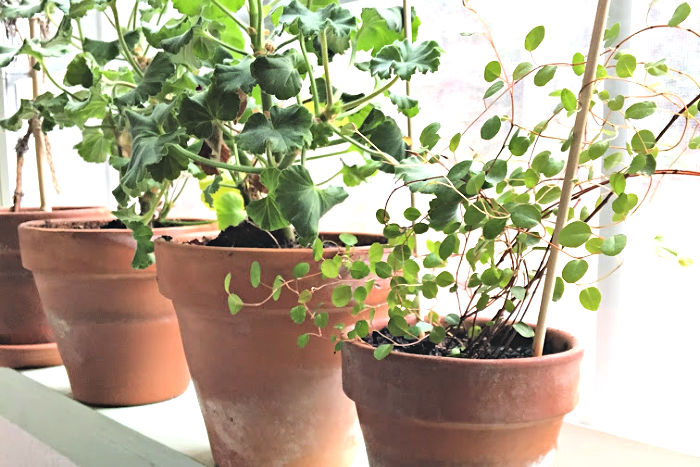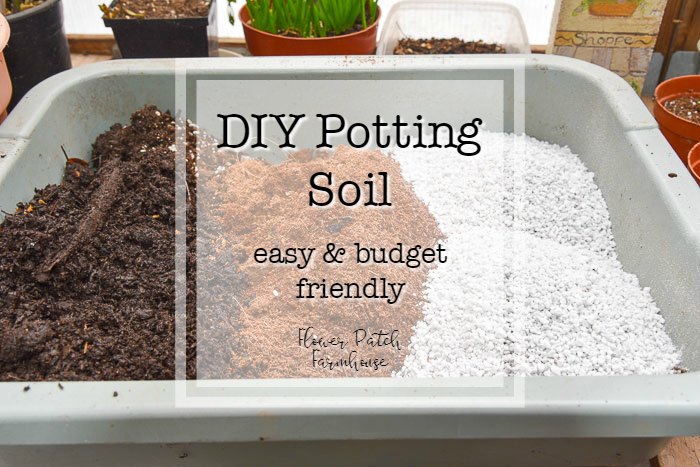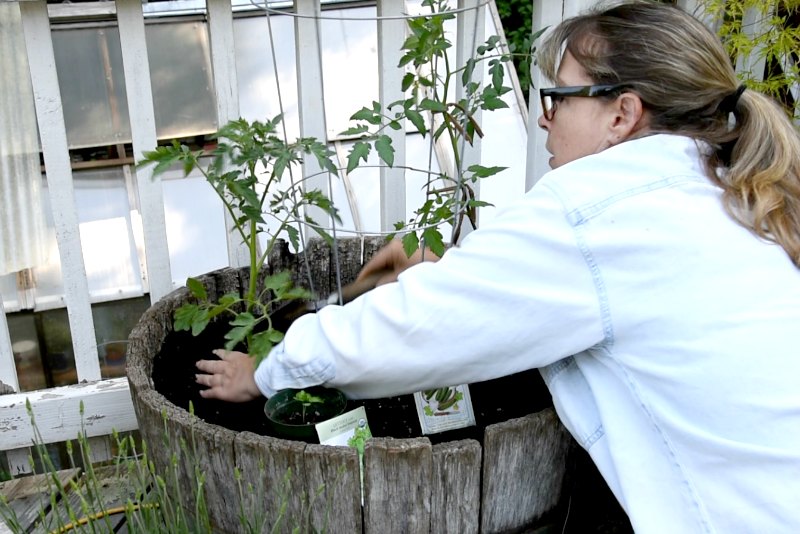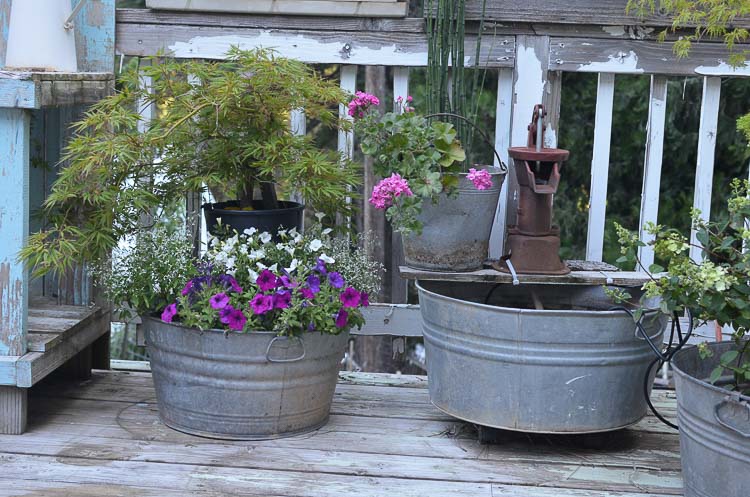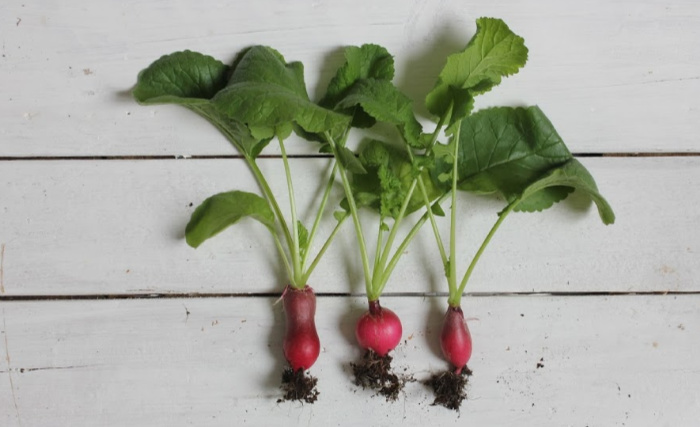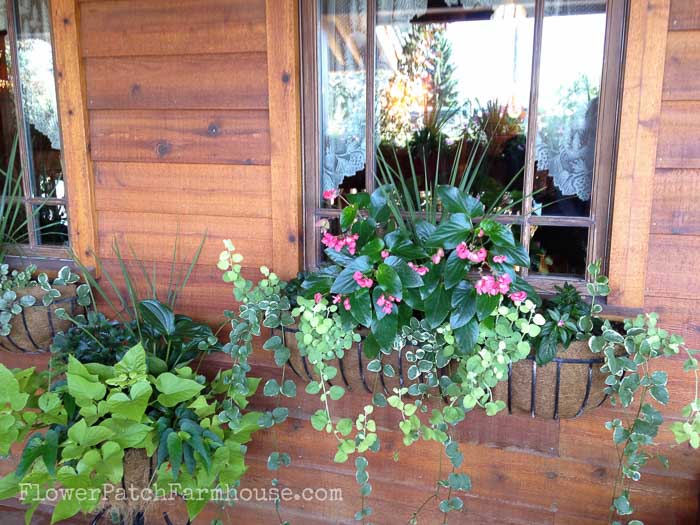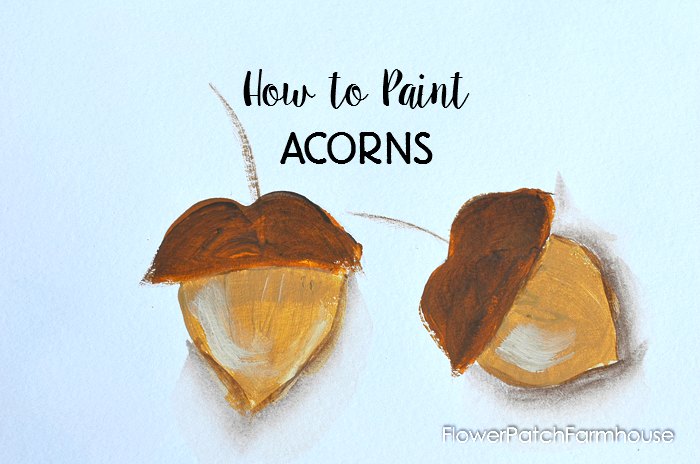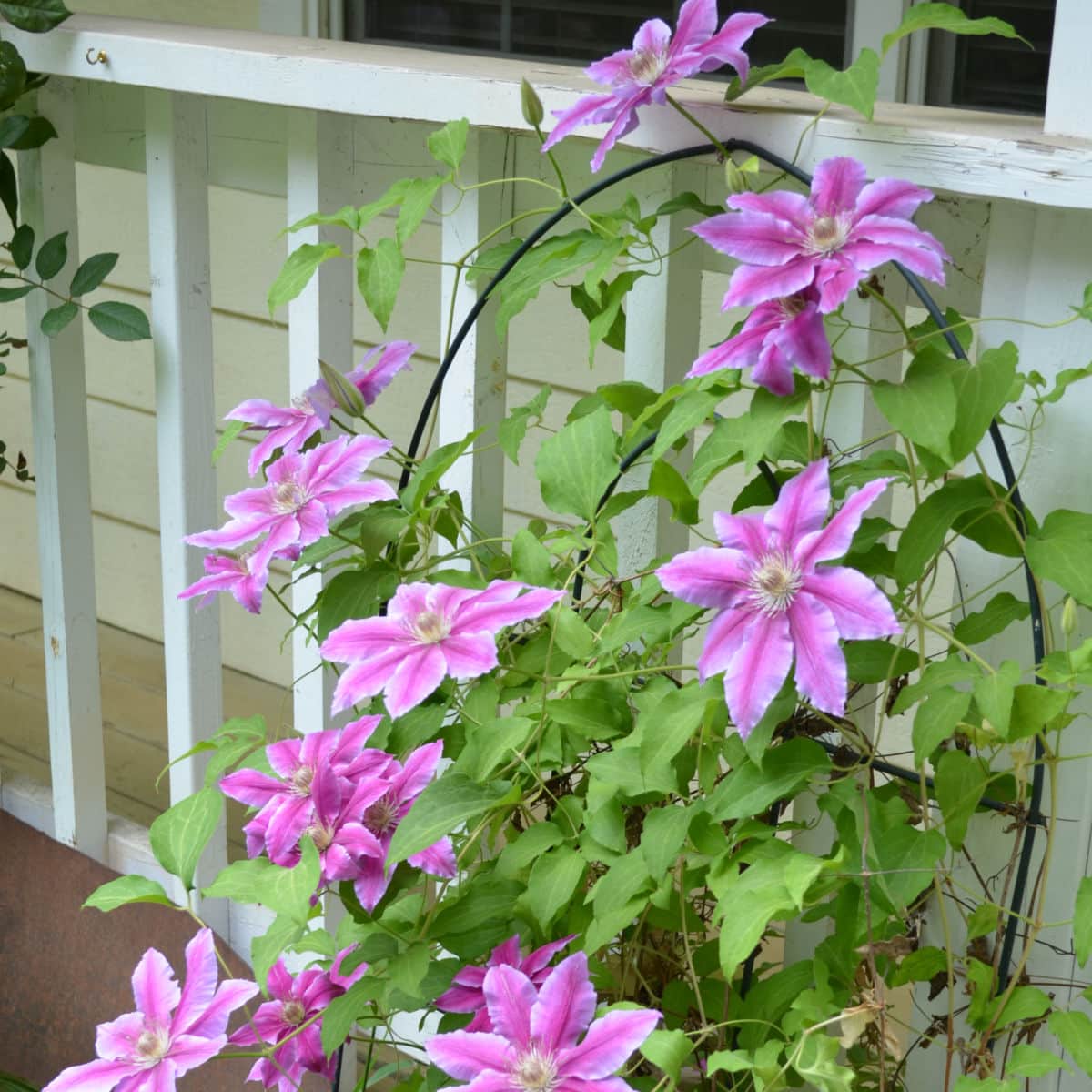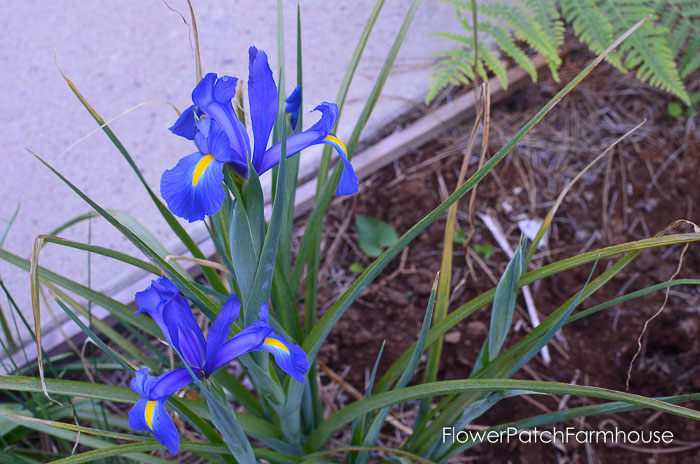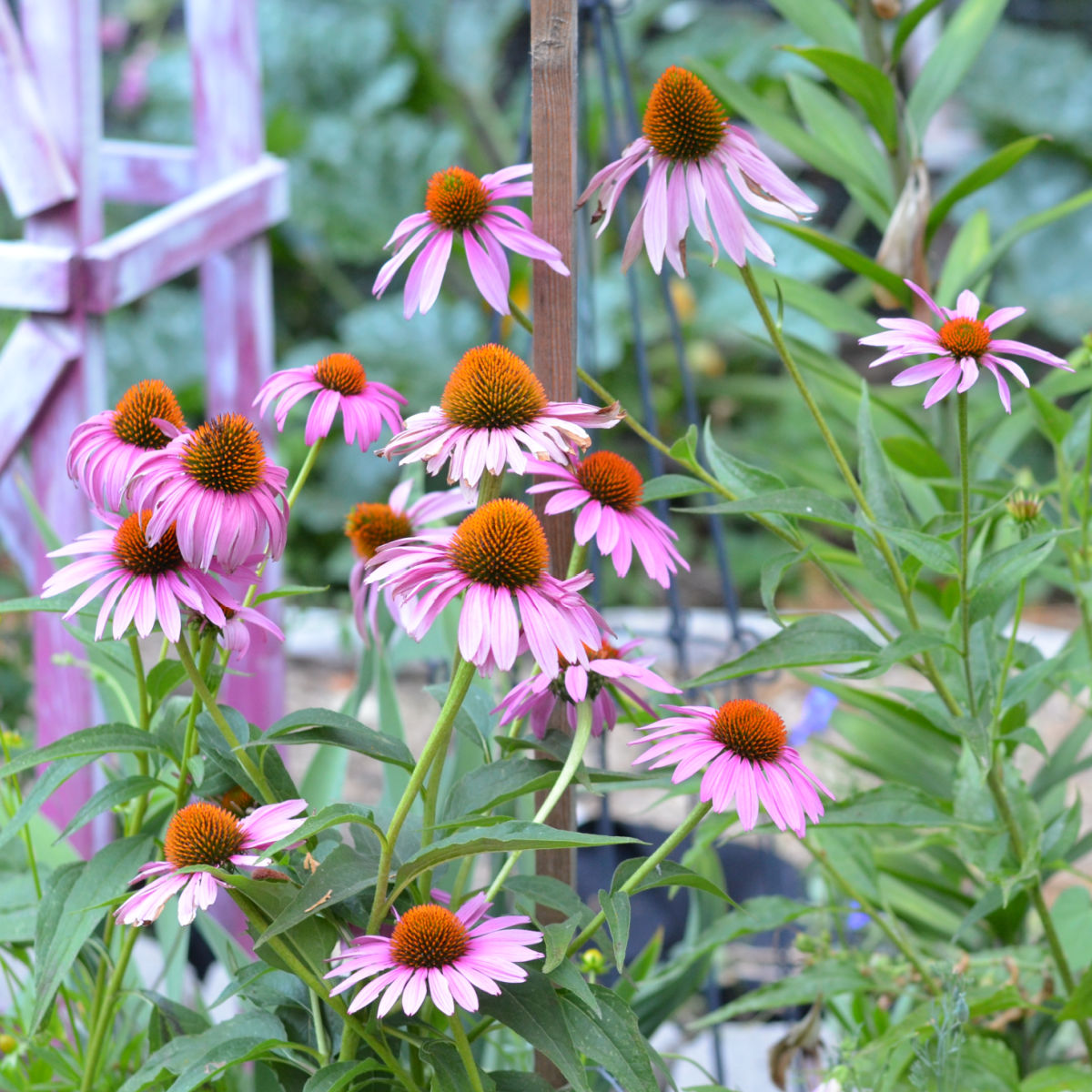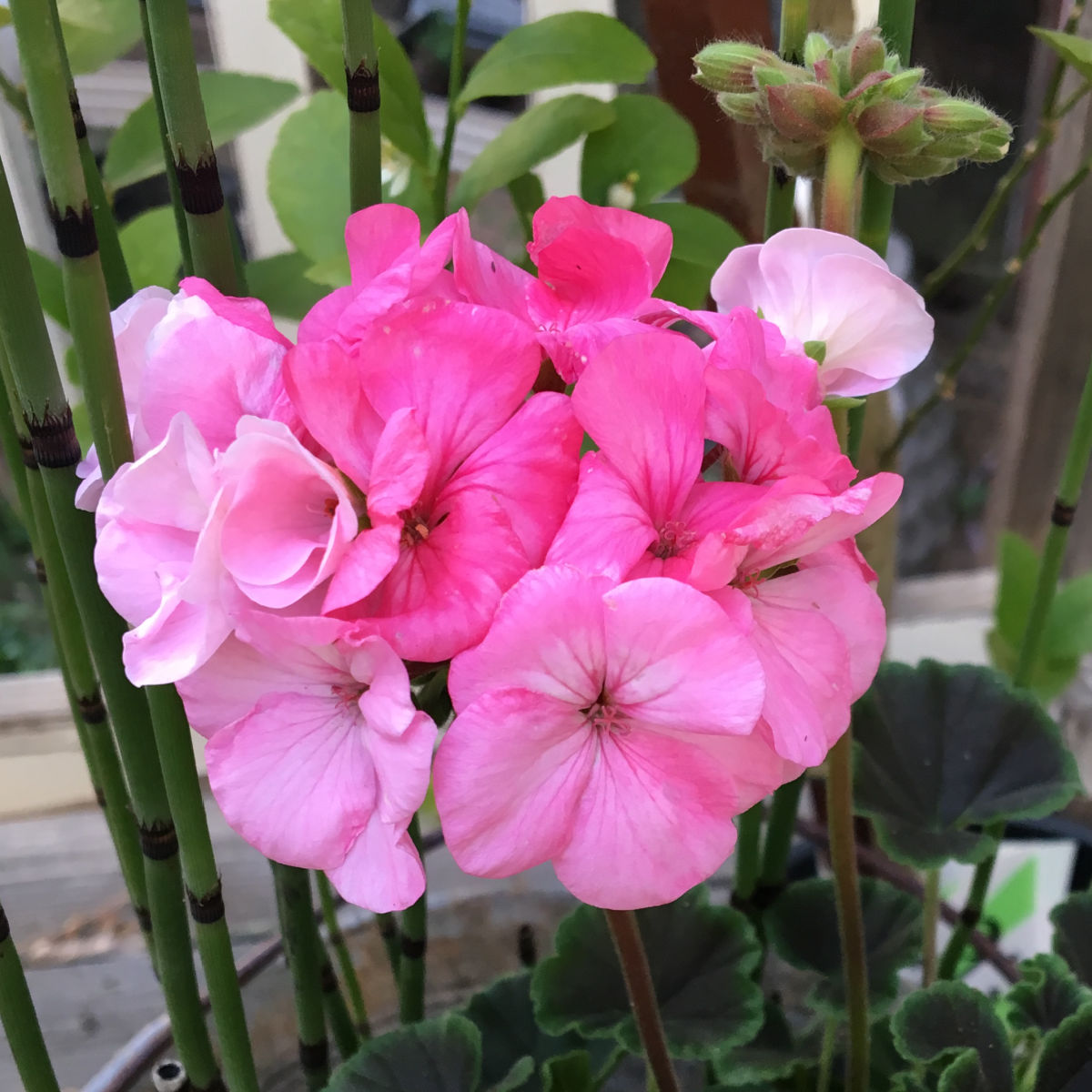Best Container Gardening Steps and Ideas For Beginners
Container gardening is a flexible and easy way to bring the joys of gardening to spaces of all sizes.
Whether you have a spacious backyard or a compact balcony, cultivating plants in containers allows you to exercise your green thumb and enjoy the beauty of nature.
Though different than a traditional garden, you can still have a productive vegetable garden to grow food, a small cut flower garden, or a romantic cottage garden.
Do you have a very small space? You can start with small plants. It is easy to tuck small containers just about anywhere.
To create the most productive container garden it is a good idea to consider the following basic tips.
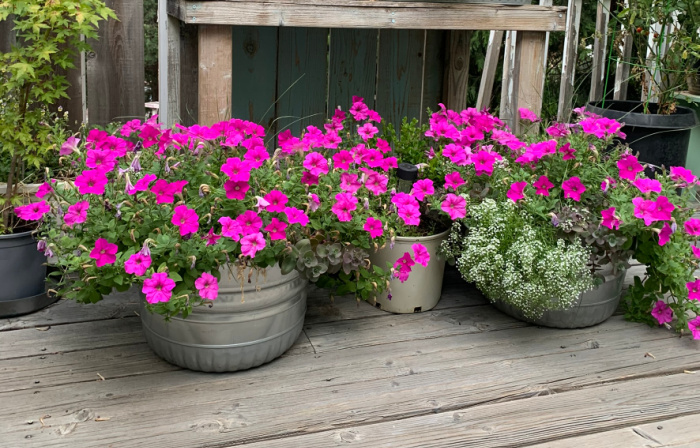
This post contains affiliate links. If you make a purchase after clicking a link I may make a small commission at no cost to you.
Key Takeaways from This Article:
- Choose containers with proper drainage holes to prevent waterlogging.
- Use a well-draining potting mix that is enriched with organic matter.
- Select plants based on sunlight conditions and mature size.
- Water consistently but avoid overwatering to prevent root diseases. (a most important thing)
- Regularly fertilize container plants to provide essential nutrients.
Choose the Right Containers:
Selecting the right containers is an important first step for the success of your container garden.
The first thing is to ensure that your pots or containers have drainage holes to prevent waterlogging, as excess water can lead to root rot. Good drainage is essential in any type of container.
Good Choices:
- Ceramic Pots
- Plastic Pots or Containers
- Clay Pots or Terra Cotta
- Galvanized Metal Tubs and Buckets
- Half wine or whiskey barrels
- Self Watering Pots
You can opt for containers made of materials that retain moisture, such as ceramic or plastic, to help regulate water levels. This is especially helpful in more arid and hot climates.
Plastic pots tend to hold more moisture while clay pots dry out more swiftly but that is not always a bad thing.
If you live in a rainy climate terra cotta pots can be a good choice. With terra cotta, you can usually gauge if they need watering by looking at the sides of the pot.
Why I LOVE Terra Cotta Pots
Terra cotta pots have been around for ages and I mean ages, but they have come in and out of popular use. Here you will learn the amazing benefits of terra cotta pots!
Keep in mind that for larger plants you will need larger containers.
For fun, I have grown a salad garden in window boxes!

If you are growing vegetable plants in your containers make sure they are food safe.
I have seen gardeners planting in 5-gallon buckets from the hardware store and they may contain chemicals that leach into the soil.
Find a restaurant that will give you the ‘food safe’ buckets they get food items in (pickles, icing, etc).
Consider container size, some types of plants prefer a smaller container others want a large pot to reside in.
Pick the Appropriate Soil:
Choosing the right soil mix is key to providing your plants with the necessary nutrients. Use a high-quality potting mix that is well-draining and enriched with organic matter.
Avoid using garden soil, as it may compact in containers, hindering proper aeration and drainage.
When choosing a potting mix I aim for ones that are organic and do not contain chemical fertilizers. That is a choice and you can use whatever potting soil fits your style of gardening. Just remember, poor soil will make poor plants.
I also make my own from time to time
Create DIY Potting Soil
DIY potting soil mix is the only way to go if you start seeds, propagate with cuttings or have a ton of containers to fill with potting soil. The mix I have found that does the best is the easiest.
Smart Plant Selection:
Selecting the right plants for your container garden is important. Consider the amount of sunlight your space receives and choose plants that thrive in those conditions.
Additionally, consider the mature size of the plants to avoid overcrowding in the containers, which can lead to competition for resources.
One benefit of growing in containers is you can move them around during the growing season. If you find the full sun is too harsh and need to move the containers to partial shade then you can do it. Of course, this is more difficult with large containers.
Or you can provide shade with umbrellas, covers etc.

Want some gorgeous plant ideas for a shade container garden? Visit here and see all the beautiful plants in this display!
Types of plants for containers ideas
- Fresh Herbs
- Small Shrubs
- Ornamental Grasses
- Vegetables (root vegetables need very deep pots)
- Fruit (there are dwarf varieties of blueberries, raspberries etc which are fun)
- Various Flowers
Watering Wisely:
Proper watering is vital for container gardening success. Place containers near a water source as lugging water long distances can get old very fast.
Water your plants consistently but avoid overwatering, as this can lead to root diseases.
Monitor the moisture levels by sticking your finger into the soil – if it feels dry an inch below the surface, it’s time to water.
I can’t say that worked well for me but an easy way to test soil moisture levels at the plant roots is with a good moisture meter.
Here is the one I have used and like.
As with any plant, too much water can stress it as much as not enough. Be mindful of small pots, they tend to dry out quicker.
Want to put watering your containers and pots on autopilot? Try a drip irrigation kit, they are so easy to put together that even novices can get it right. And you can go on vacation without worrying about your container plants.
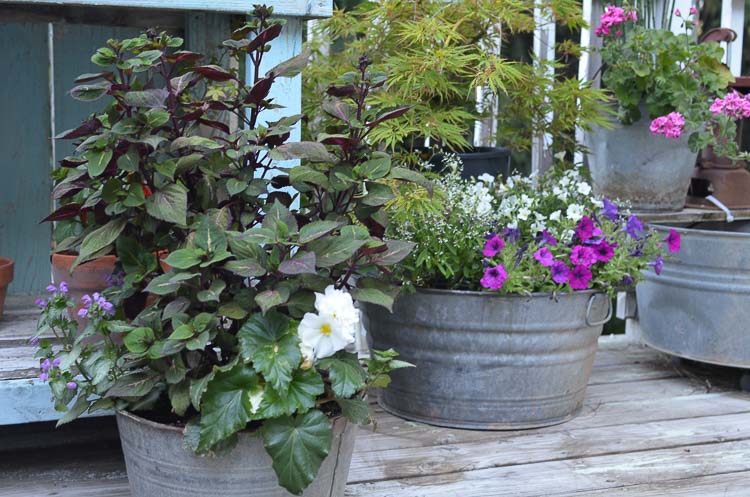
Provide Adequate Nutrients:
Container plants rely on you for their nutrients, as they can’t access the nutrients naturally present in the ground. And the frequent watering can leach the nutrients out quicker.
Fertilize your container garden regularly using a water-soluble fertilizer to ensure your plants receive the proper nutrients they need for healthy growth.
I have been using these two organic liquid fertilizers, both feed the soil and are immediately available to the plants. Agrothrive and EcoOrganic (made from food scraps).
Follow the directions on the packaging.
Some prefer a slow-release fertilizer as well. (this needs to be broken down and digested by organisms to feed the plants)

By following these helpful tips, you’ll be well on your way to creating a thriving and beautiful container garden, regardless of the space you have available.
Container gardening allows you to unleash your creativity and cultivate a vibrant oasis right at your fingertips. Container planting ideas. I wish you a successful container garden!
Container Gardens I Have Grown
Press on photo to see the article!

